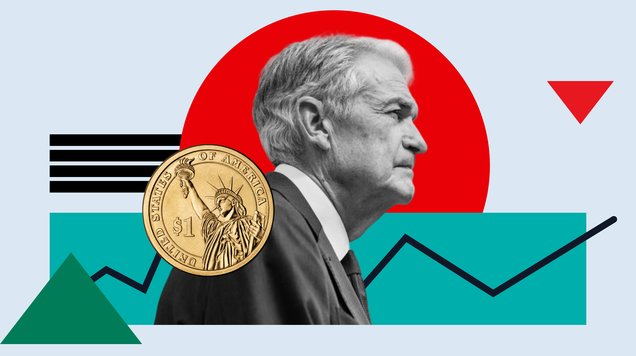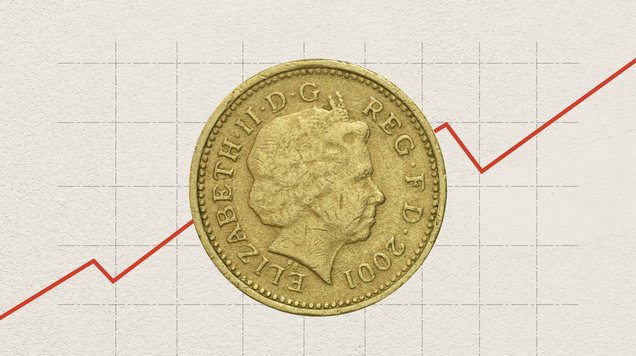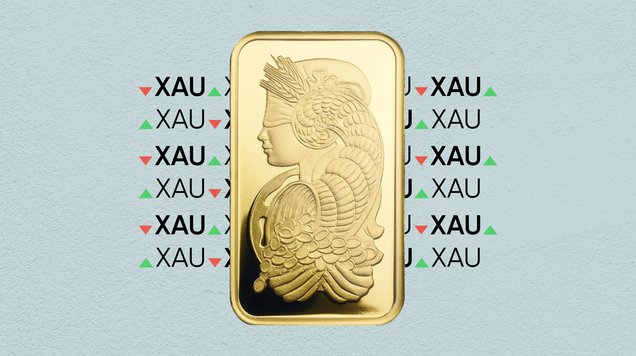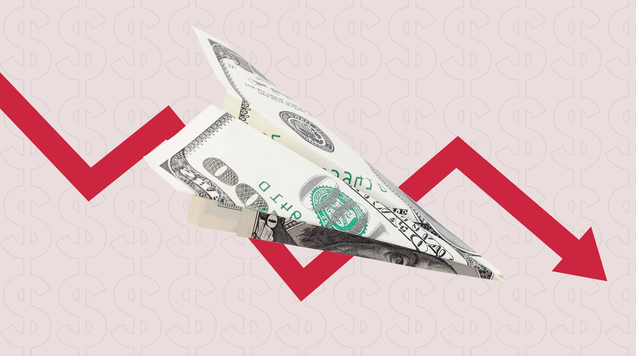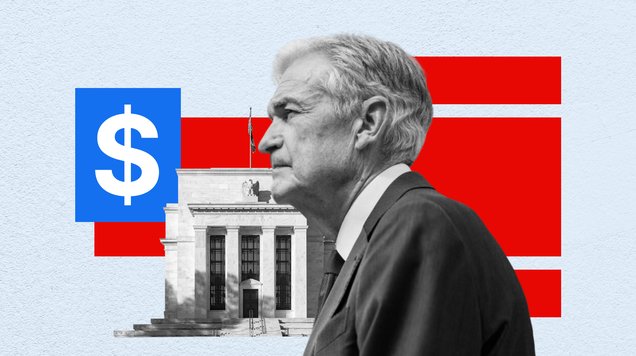Senate moves to end U.S. shutdown as moderates break ranks
The U.S. Senate advanced a bipartisan plan to end the record-long government shutdown after a group of moderate Democrats broke with party leadership and voted to move forward with a funding bill. The proposal, which would finance key departments through the year and extend stopgap funding for others until late January, now heads to the House—where its fate remains uncertain amid deep divisions within both parties.

Senate votes 60–40 to advance a bill to end the shutdown.
Moderate Democrats break ranks to support the deal.
Bill funds select agencies for a full year and others through January 30.
House passage remains uncertain as leadership divisions persist.
A fragile breakthrough in Washington
After forty days of political stalemate, the U.S. Senate took its first concrete step toward reopening the federal government. The chamber voted 60–40 to advance a bipartisan spending measure that would restore funding to several key agencies and provide back pay to hundreds of thousands of furloughed workers.
Under the agreement, Congress would approve full-year budgets for the Departments of Agriculture, Veterans Affairs, and legislative operations, while extending temporary funding for other departments until January 30. The measure also resumes suspended federal transfers to states and local governments and authorizes the recall of employees affected by the shutdown.
The Senate adjourned until Monday, leaving final passage pending. The bill must still clear the House before reaching President Donald Trump for signature.
Political trade-offs and unresolved demands
The emerging deal represents a pragmatic compromise but falls short of both parties’ original ambitions. Democrats failed to secure an immediate extension of expiring Affordable Care Act (Obamacare) subsidies and a rollback of earlier Medicaid cuts, though they extracted a Republican commitment to hold a vote on those provisions by mid-December.
Conservatives, meanwhile, remain dissatisfied that the bill funds only part of the government through next autumn rather than the full fiscal year. In the House, leadership has warned that passage is not guaranteed, with ideological factions threatening to stall proceedings.
Still, the Senate breakthrough signals that political pressure is beginning to outweigh partisan resistance. The protracted shutdown—already the longest in U.S. history—has strained federal finances, disrupted travel, and weakened consumer sentiment.
Markets welcome progress
Financial markets reacted immediately to signs of progress. Futures on the S&P 500 rose 0.7%, and Nasdaq 100 contracts gained 1.1% as investors priced in reduced political risk. U.S. Treasury yields edged higher, with the 10-year rising to 4.13%, while the yen slipped against the dollar as demand for safe-haven assets eased.
The shutdown’s economic toll has been severe. The Congressional Budget Office estimates losses of roughly $15 billion a week, with GDP growth likely reduced by 1.5 percentage points on an annualized basis by mid-November. Most government data releases have been suspended, leaving the Federal Reserve effectively blind as it navigates inflation and employment trends.
The cost of political brinkmanship
As in previous crises, the political calculus of using a shutdown to force policy concessions has proven self-defeating. Earlier confrontations—such as the 2018-2019 impasse over border wall funding and the 2013 effort to repeal Obamacare—ended without victory for the instigating side.
This time, the prolonged standoff has rattled public confidence and exposed the risks of partisan governance. Travel disruptions during the Thanksgiving season underscored the real-world consequences: flight cancellations, delayed pay for aviation staff, and growing public frustration.
Economists warn that the longer the shutdown continues, the harder it will be for the economy to regain lost momentum—even if funding resumes in the coming days.
Temporary peace, lasting uncertainty
The tentative Senate deal may reopen the government, but it does little to resolve the structural tensions driving U.S. fiscal politics. The dispute over health-care subsidies, spending caps, and deficit reduction is likely to resurface before year-end.
For markets and policymakers alike, the relief is temporary. The underlying pattern remains: short-term funding solutions, last-minute negotiations, and rising costs of political paralysis. If Congress manages to pass the bill this week, the U.S. government may restart operations—but confidence in Washington’s ability to govern will take far longer to recover.

